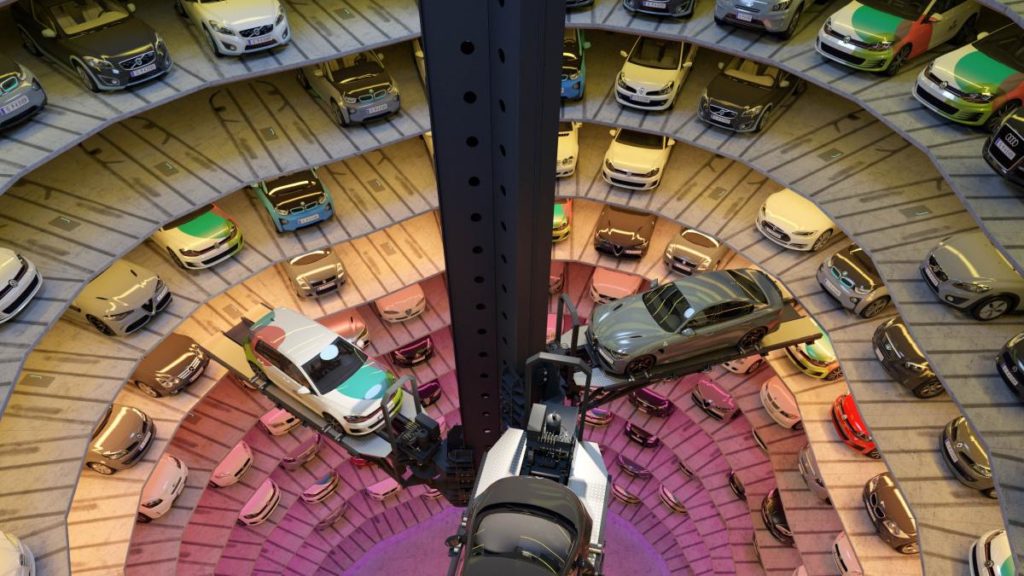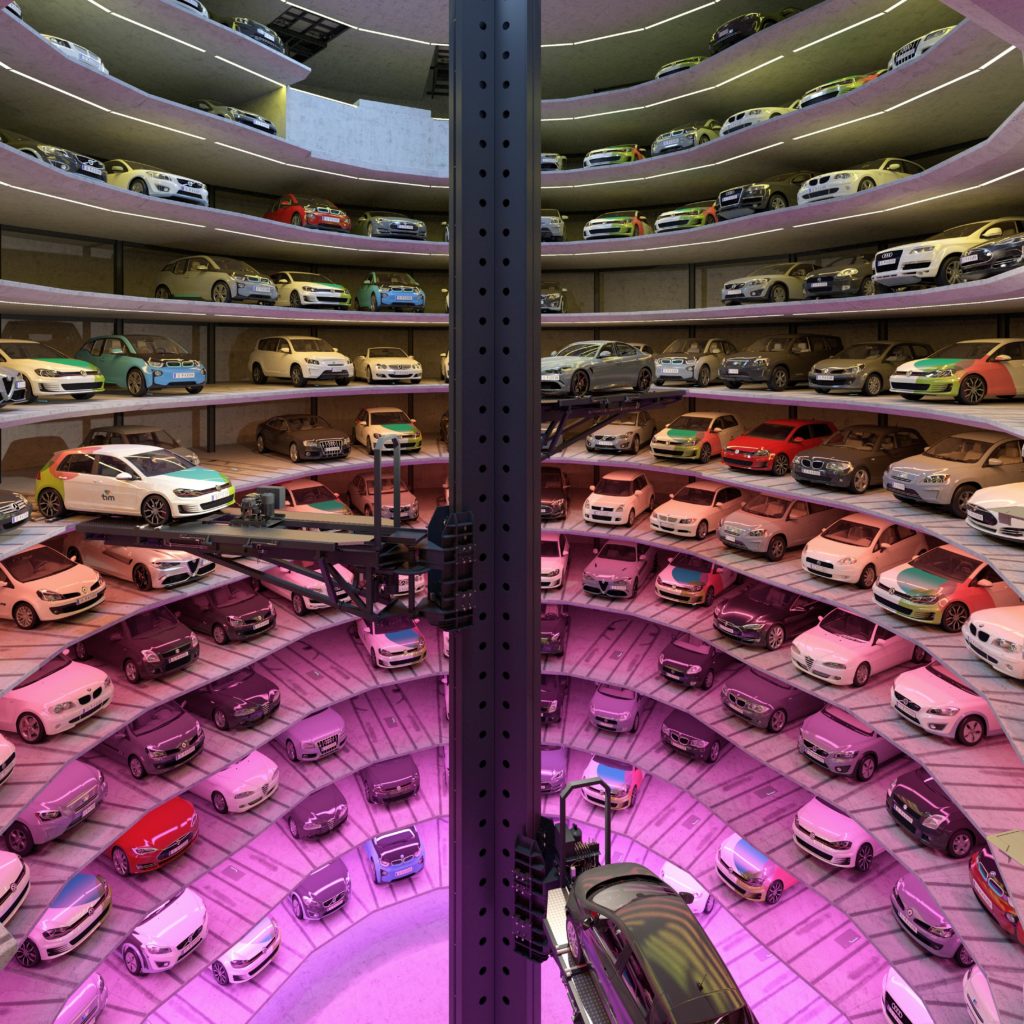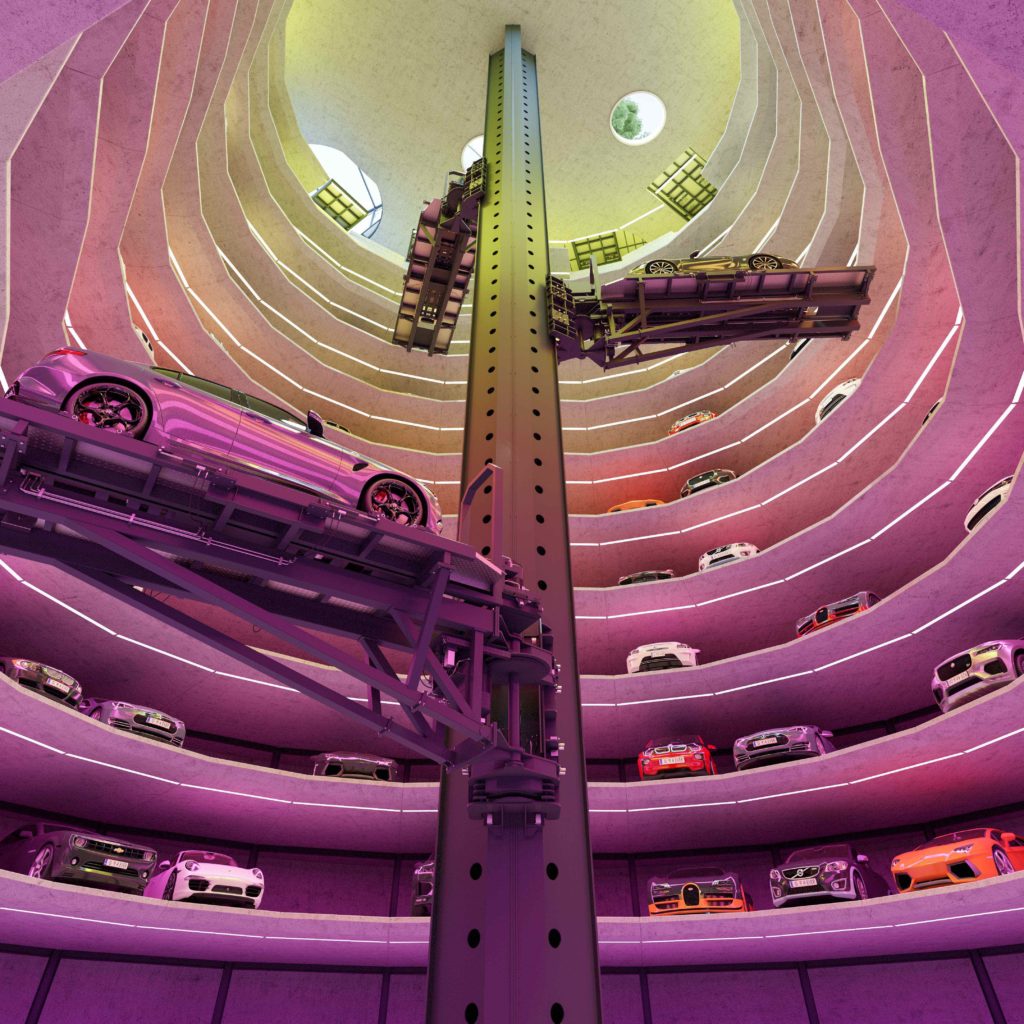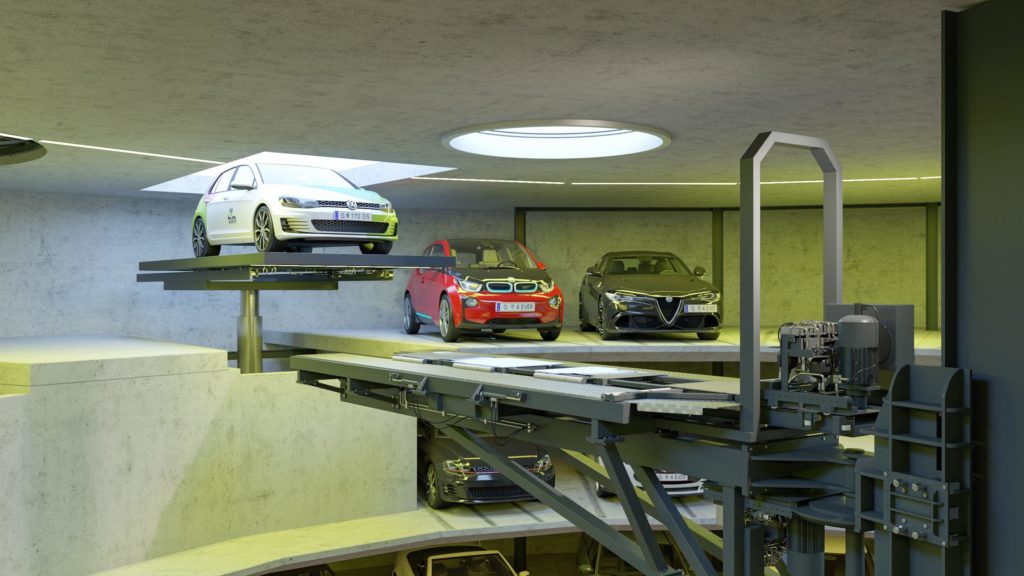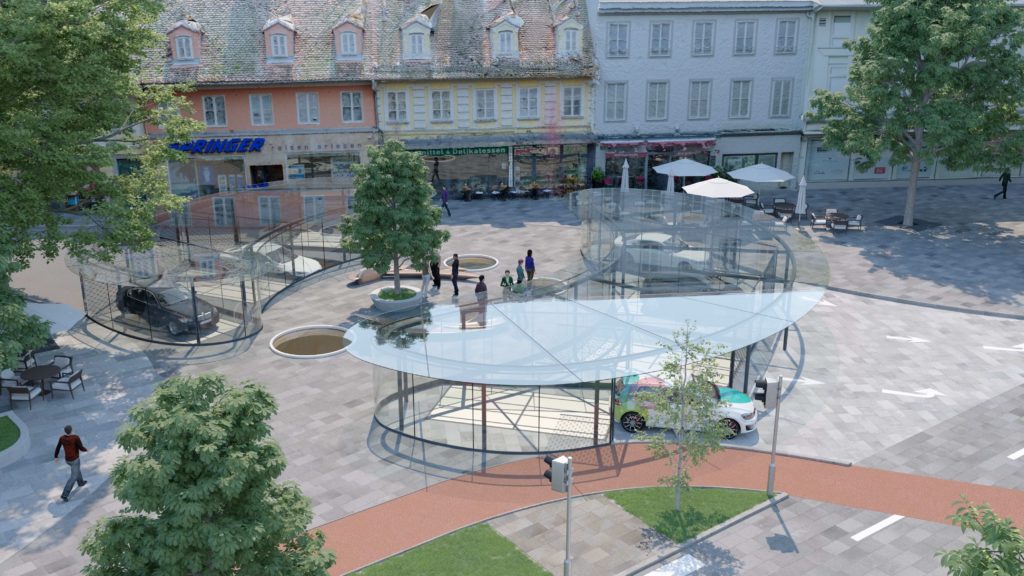SUP “beehive” car park as eco-friendly space saver
The Smart Urban Park System (SUP) is intended to solve several of the most pressing urban parking space management issues. The underground car park of the future is space-efficient, cheaper and faster to construct, climate-friendly, largely maintenance-free, fully automated and equipped with an intelligent charging system for electric vehicles.
Still parking your own car, or letting your garage do it for you? The use of lift systems in garages is nothing new – nevertheless, the Graz-based company SUPsystem Holding GmbH is seeking to provide one solution for several problems with its Smart Urban Park System (SUP). This is a fully automated, underground system intended to create more space for urban living. It features ample charging stations, is quick and straightforward to build on a small plot of land, and is simple to maintain, too.
“Our system solves some of the most pressing issues. Expensive living space doesn’t have to be sacrificed for parking; it takes the strain off and modernizes outdated parking concepts; it perfectly complements car-sharing models, reduces emissions and also does away with the annoying search for a parking space,” explains SUPsystem CEO Guido R. Strohecker. As the car’s engine is switched off at ground level, Smart Urban Park reduces carbon emissions too. Another benefit: there’s zero risk of theft.
Green light for Smart Urban Park system in Graz
The technical systems are supplied by German company Palis. They are also responsible for the two famous parking towers in Wolfsburg, the home of VW, and the Porsche Miami Tower in Florida. Strohecker Architects emphasize that the system in Wolfsburg has operated maintenance-free for over 15 years.
The underground car parks have a cylindrical shape, the three-dimensional geometrical form that allows for the greatest usable surface area – similar to a beehive. This means it can be built in locations where a traditional underground garage wouldn’t fit. And it takes about a third of the time to construct.
A depth of up to 40 metres is readily achievable and practical, allowing for up to 300 cars to be housed or even up to 600 when doubled up. Parking bays are large enough for the bulkier cars popular today, too. All vehicles up to 3.5 tonnes can use the Smart Urban Park system – a 5.5-tonne variant is under development.
The system is now set to be rolled out in large metropolitan areas, primarily in the German-speaking countries. The first multi-storey car park is to be built in Graz, with additional ones planned for Berlin, Düsseldorf and Frankfurt. Strohecker sees potential for several hundred in Europe and hopes to attract the interest of progressive municipal authorities.
In 80 seconds
And this is how the car park of the future works: you get in and out above ground at the entrance area of the SUP. A lift system, equipped with up to four platforms, ensures that the fully automatic parking and retrieval procedure is fast. The entire parking process takes around 80 seconds per lift to complete. You can control the parking process yourself – an app takes care of the logistical tasks.
To make sure that a person doesn’t get parked with the car by accident, the SUP scans the vehicle for vital signs. It’s emphasized that as long as a person or pet is still in the car, the parking process will not start.
When you want your car back again, you send a command via your smartphone or smartwatch. You then receive precise information via the app, detailing when your car will be ready for collection. If you’re held up, the car is automatically parked temporarily. According to Strohecker, the charging system is smart too. As soon as an electric vehicle is parked, the cordless parking process begins, thanks to the autonomous charging module integrated into the floor. In the event of an area-wide power cut, an emergency generator switches on automatically.
SUP swarm intelligence
According to Stohecker Architects, the SUPsystem control software creates swarm intelligence amongst all the SUP users. This means that it will be possible in future for routine trips to be controlled by the SUPsystem fully autonomously. In the morning, the passenger gets into the vehicle summoned via smartphone and it takes them to the desired destination. If required, the smart car can then use the next free space in the nearest SUP to park and recharge.
Text: Linda Benkö
Translation: Rosemary Bridger-Lippe
Visualizations: Strohecker Architects
